How Drones are used in GIS
Drone Data regularly produces centimeter ground sampling distance
Drones, also known as Unmanned Aerial Vehicles (UAVs), are increasingly being used in Geographic Information Systems (GIS) applications to collect and analyze data. The use of drones in GIS allows for the efficient collection of high-resolution imagery, 3D models, and other data from hard-to-reach or dangerous areas. This data can then be used to create detailed maps, perform spatial analysis, and support decision-making in a wide range of industries.
One of the main advantages of using drones in GIS is the ability to collect high-resolution imagery and 3D models. This can be accomplished using a variety of sensors, including cameras, LiDAR, and hyperspectral sensors. The resulting data can be used to create detailed maps, analyze land use patterns, and identify potential hazards. For example, drones can be used to survey a construction site, create a 3D model of the area, and identify potential safety hazards.
Another key use of drones in GIS is in environmental monitoring and management. Drones equipped with sensors such as thermal cameras and air quality sensors can be used to monitor wildlife populations, track changes in land use, and assess the health of ecosystems. This data can be used to identify areas that are in need of conservation or management, and to track the effectiveness of conservation efforts.
Drones are also increasingly being used in precision agriculture. The use of drones equipped with multispectral cameras allows farmers to identify areas of a crop field that are experiencing stress, such as disease or pest infestations. This data can be used to optimize crop management, leading to increased yields and reduced costs.
In summary, drones have proven to be a valuable tool in GIS applications, providing accurate and detailed data that would be difficult or impossible to obtain through traditional means. As technology continues to improve, drones will play an increasingly important role in helping organizations to better understand and manage their environment.
GIS Services
Land use and zoning analysis: Using GIS technology to analyze land use patterns and identify potential development opportunities in western states.
Resource management: Using GIS to manage and monitor natural resources such as water, forests, and minerals in western states.
Environmental impact assessments: Using GIS to evaluate the potential environmental impacts of new developments in western states.
Wildfire management: Using GIS to analyze fire risk, plan for wildfire management, and track the spread of fires in western states.
Flood management: Using GIS to identify flood-prone areas, plan for flood management, and track the extent of flooding in western states.
Water resource management: Using GIS to manage and monitor water resources in western states, including surface water, groundwater, and water quality.
Transportation planning: Using GIS to analyze transportation patterns and plan for transportation infrastructure in western states.
Energy planning: Using GIS to analyze energy usage and plan for renewable energy projects in western states.
Emergency management: Using GIS to support emergency management operations in western states, including disaster response and recovery.
Outdoor recreation planning: Using GIS to plan for and manage outdoor recreation opportunities in western states, such as hiking, camping, and fishing.


